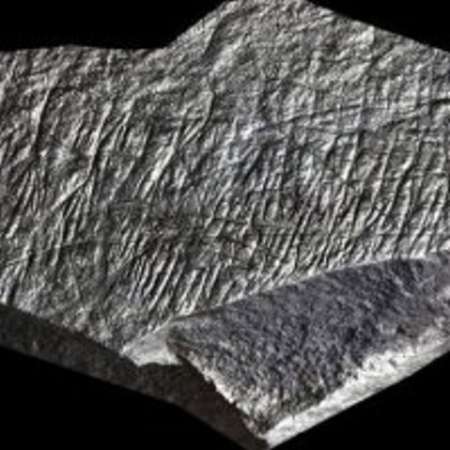
“They’re not a thing that is supposed to be admired, it’s the act of engraving that seems to be important,” Chanteal Conneller, who co-directs the project, told the Independent of the find.
This past year, archaeologists uncovered the world’s oldest artworks, 40,000-year-old paintings in a cave in Indonesia, and the first known Neanderthal art. Europe’s earliest cave paintings, at the Grotte Chauvet in France, were named a UNESCO World Heritage site in 2014.
The Jersey stones still need to be radiocarbon dated, but are thought to be at least 14,000 years old. Previously, the earliest-known art in the British Isles were 12,000-year-old wall carvings discovered in Derbyshire in 2003, reports artnetnews.com.
The latest find was made at the Les Varines site, part of the Ice Age Island project, which has been ongoing for the last five years. The carvings are thought to be the work for the Magdalenian people, a group of hunter-gatherers who lived some 16,000 to 13,000 years ago, at the end of the last Ice Age. Similar Magdalenian art objects have been discovered in France and Germany.
“We are at an early stage in our investigations, but we can already say the stones are not natural to the site, they show clear incised lines consistent with being made by stone stools, and they do not have any obvious functional role,” said Silvia Bello of London’s Natural History Museum in a statement for Jersey Heritage.
Findings from the Ice Age Island project are on view in “Jersey: Ice Age Island Exhibition” at the Jersey Museum & Art Gallery from October 25, 2015 till December 20, 2016.

Add new comment